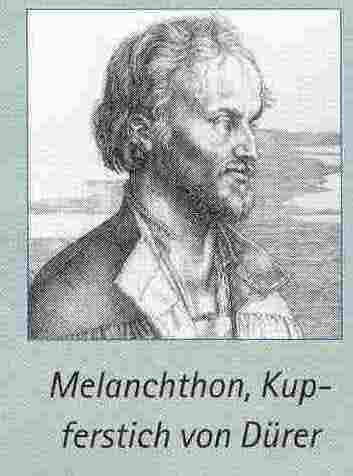
Martin Remus in Leipzig
Martin Remus attended University of Leipzig. This school prepared students for medicine and theology. The Reformation began around 1525 with the teachings of Martin Luther. However, competing schools of Protestant thinking were emerging; in particular, the teachings of John Calvin.
University of Leipzig taught the religion of Martin Luther as explained by colleague Phillip Melanchthon.

Phillip Melanchthon was a brilliant intellectual who also sought to find the common elements in the views of Martin Luther, John Calvin, and the Catholic Church. This was reflected in his authorship of the
Augsburg Confession that was presented to Charles V and the 1530 Diet at Augsburg. The Augsburg Confession was accepted both by the followers of Luther and Calvin but rejected by the Catholic representatives at Augsburg. The Augsburg Confession became the definitive statement of Lutheran faith.Later the relationship between the followers of Luther and Calvin were not very good, again Phillip Melanchthon tried to reconcile those views. Both followers of Luther and Calvin disliked his attempt at reconciliation. Thus, even though "Phillipism" was central to the Lutheranism taught at University of Leipzig, it was often under fire elsewhere. Martin Remus matriculated at the University of Leipzig in 1572. Martin's "Phillipism" later got him in a great deal of trouble in
Danzig.Click here for more on the Reformation.
Leipzig as Martin Remus would have seen it in 1572.
Leipzig was an important trading center. In the following map, you can see the important trading links in 1507:
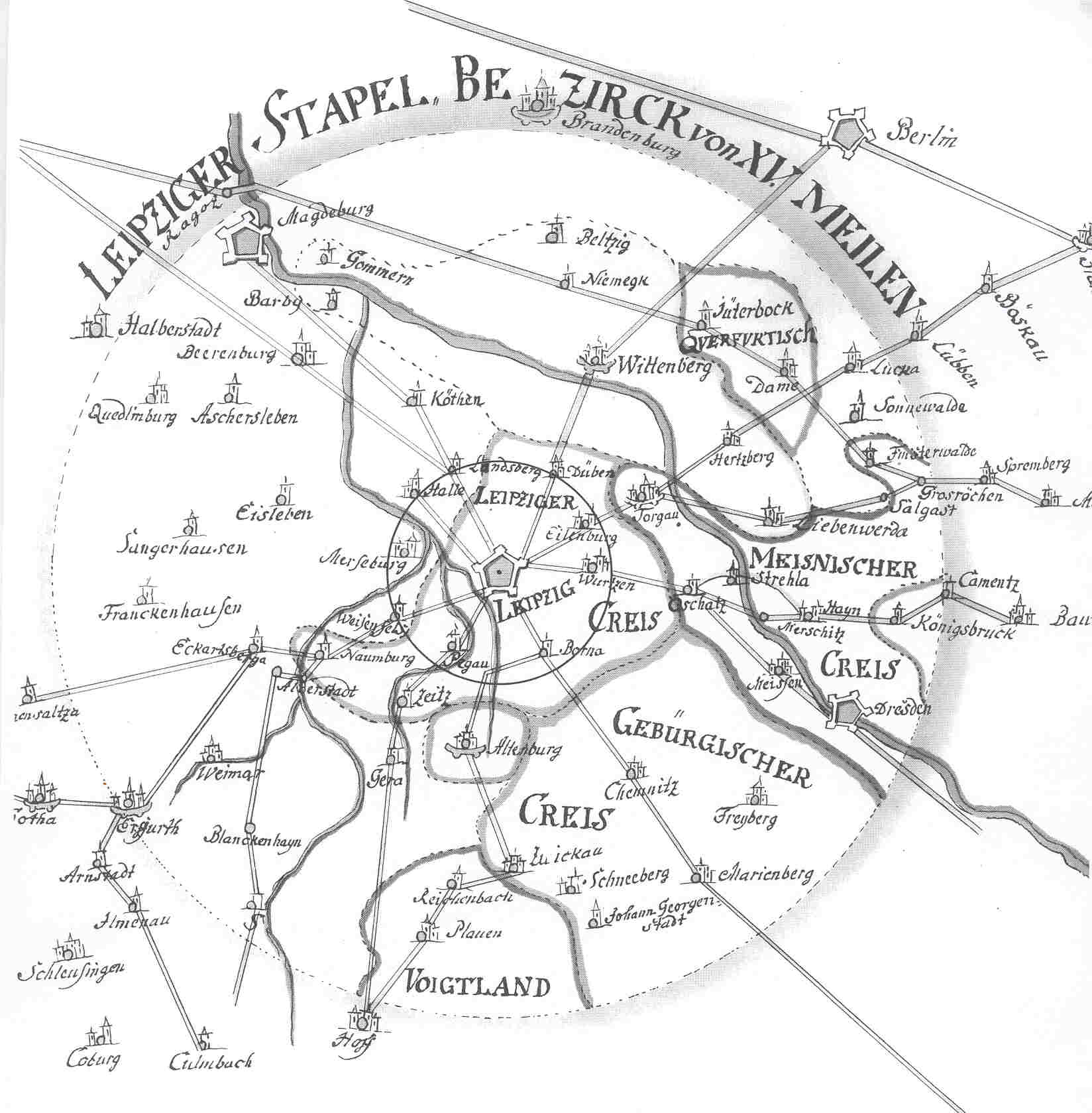
Martin Remus'
Grossenhain was an important trading town on the highland trade route connecting Leipzig to the east. You can see this route in part running to Camenz (Kamenz) and onward to Prague; Grossenhain is labeled Hayn. Here is a drawing of the Leipzig town plan in the mid 1700's. 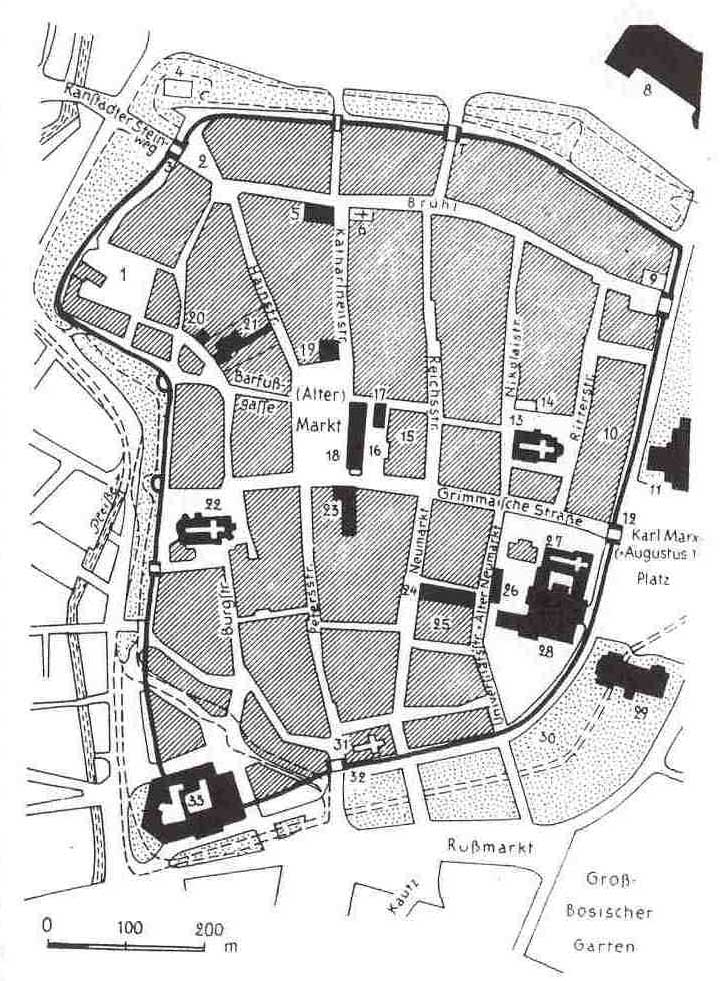
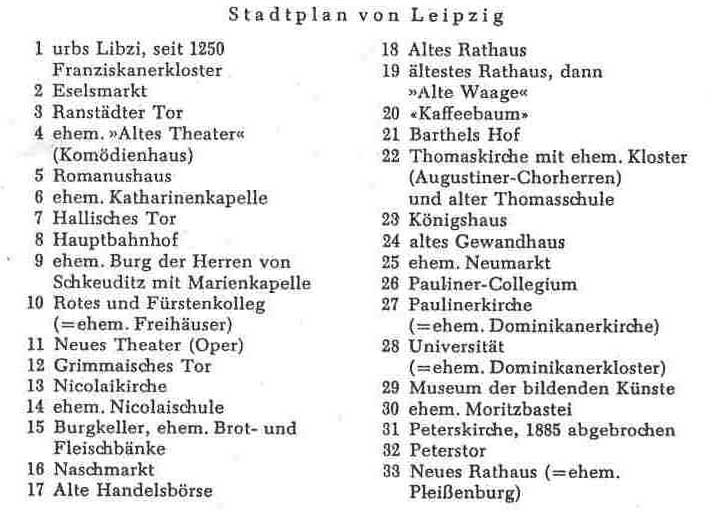
Martin Remus would have attended services in the three churches in Leipzig including Nicolaikirche (number 13 on the above city map). Nicolaikirche was founded in 1165 and converted from Catholicism to Lutheranism in 1539. It was originally built in a Romanesque style but was extended to create a Gothic church hall in the early 16th century. The three steeples received their Baroque decoration in 1731. Bach was choirmaster and organist here from 1723 to 1750.
This is a 1592 drawing of Nicolaikirche (probably seen in that form by Martin Remus):
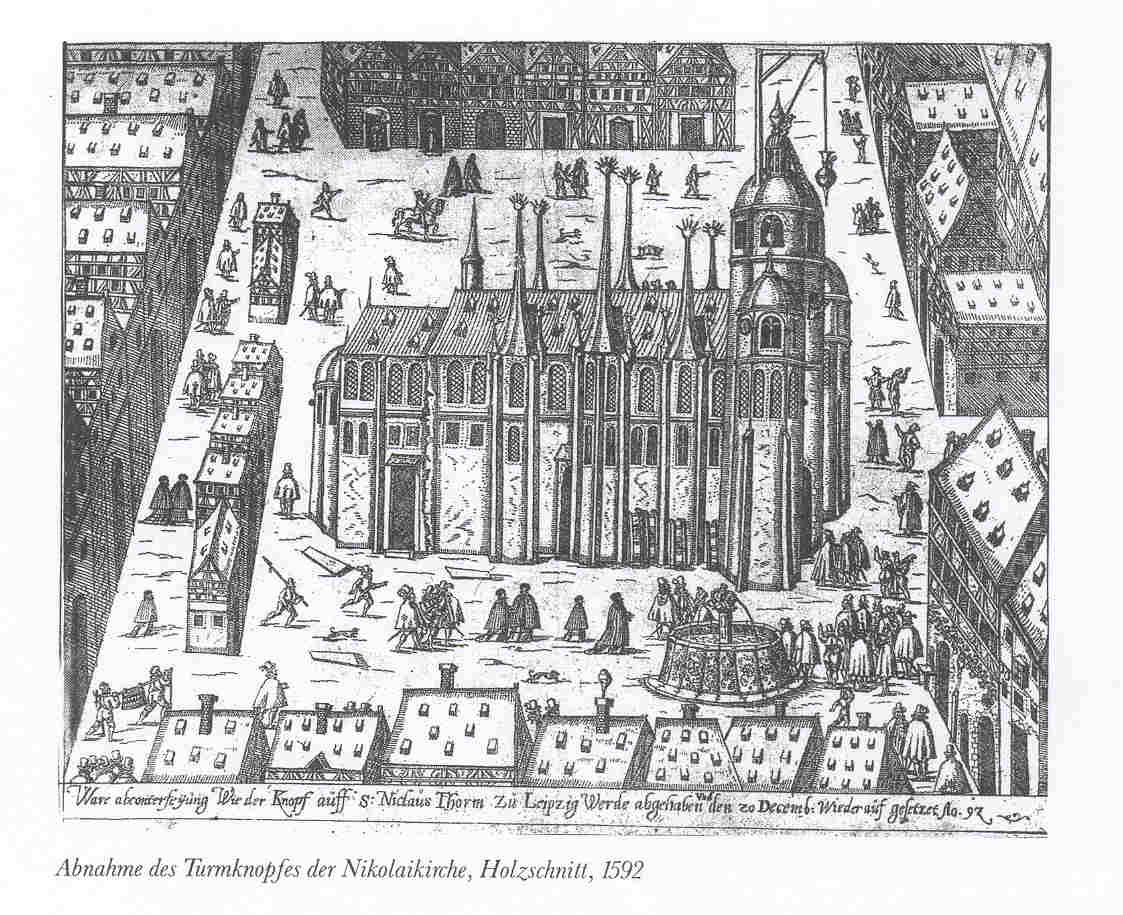
Click here to see modern pictures of this church.
Another church in Leipzig is Thomaskirche (number 22 on the above city map). The church is most famous as the church where Bach was choirmaster during the period of his greatest compositions. He lived as quiet life and only after his death was his work popularized. Here is a picture of this church on the left-hand side of this drawing from 1642. It was the view of the church from outside the city near the schloss (castle) (which had been damaged by the Swedish).
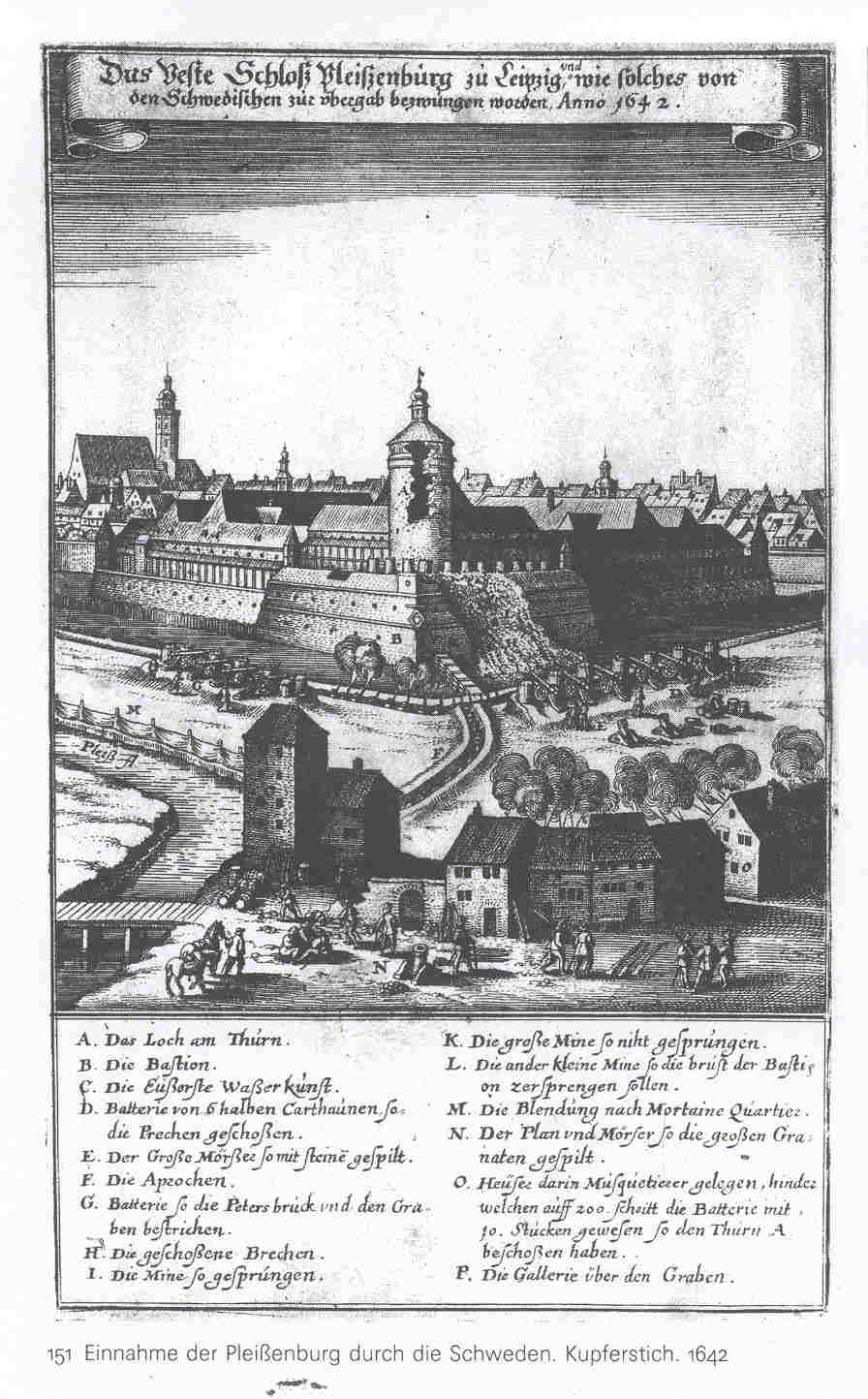
And here is a drawing of Thomaskirche in 1728:
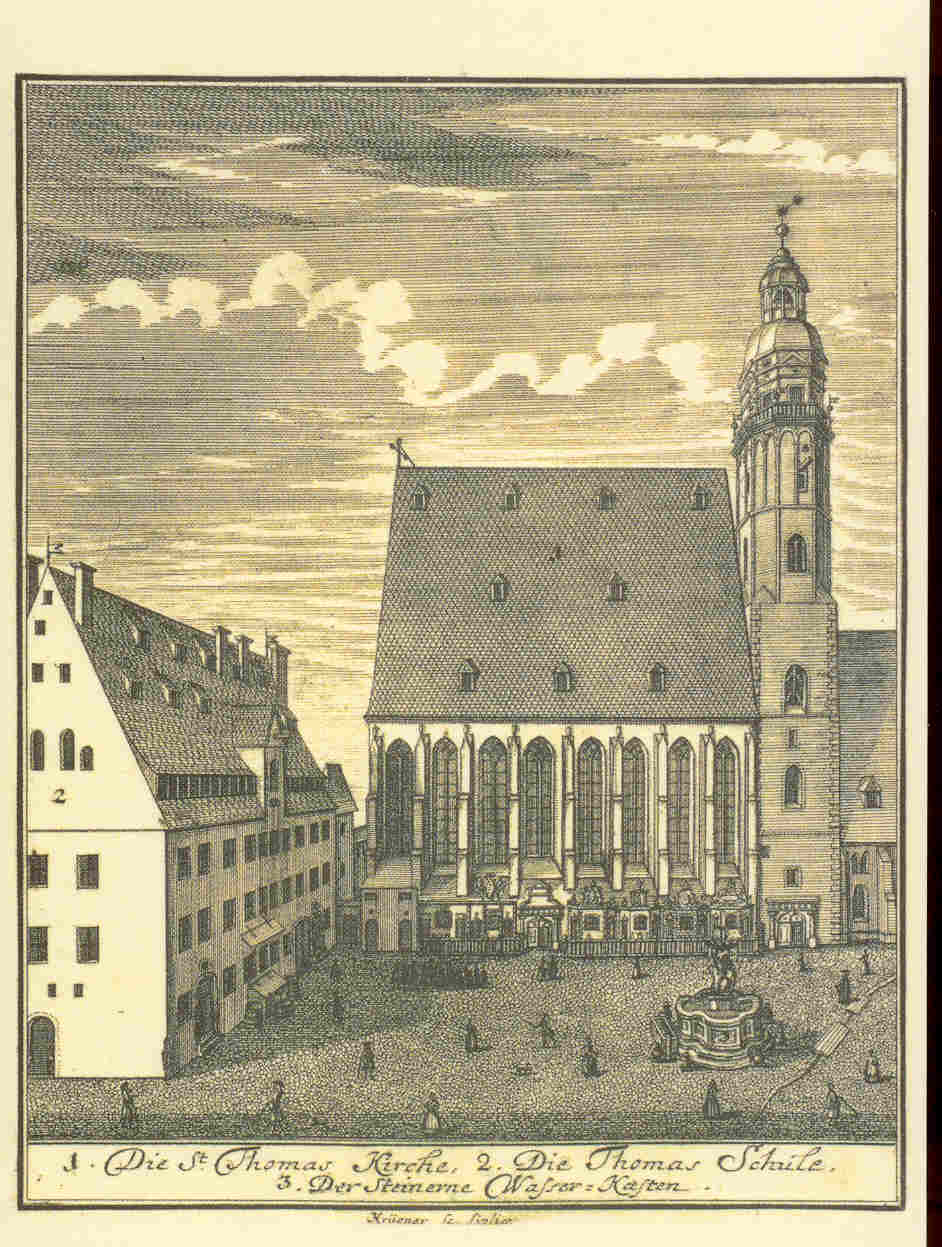
Here is a circa 1700 drawing of the third church, Paulinerkirche, which had been built well before Martin Remus' time (27 on the above city map). Martin Remus attended University of Leipzig so he would have primarily attended the University church, that is, the Paulinerkirche.
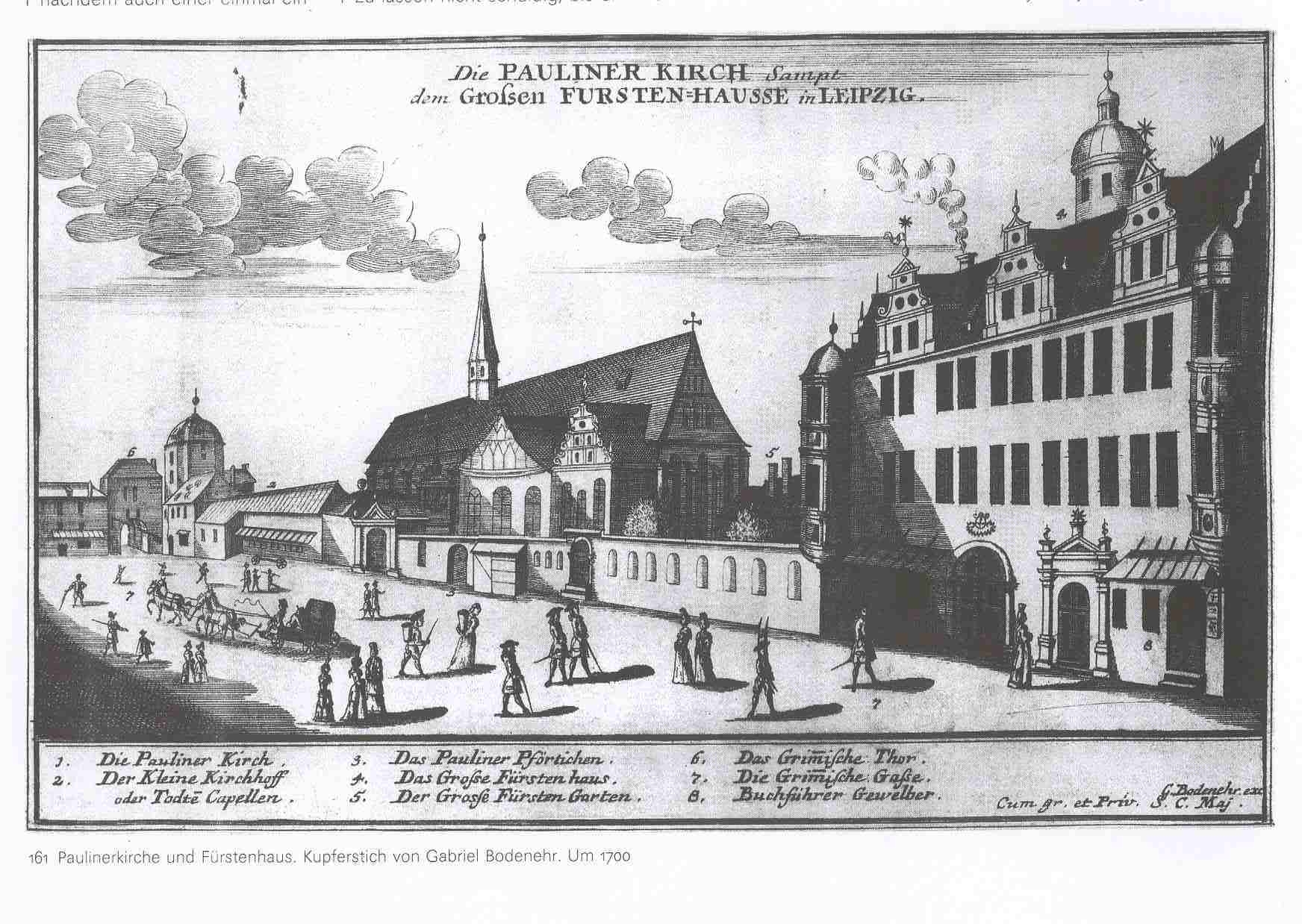
Here is a second old drawing of Paulinerkirche:
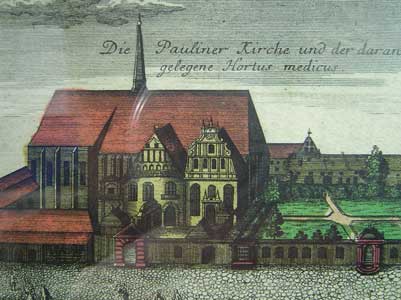
Following is a map of the university buildings that were attached to the Paulinerkirche:
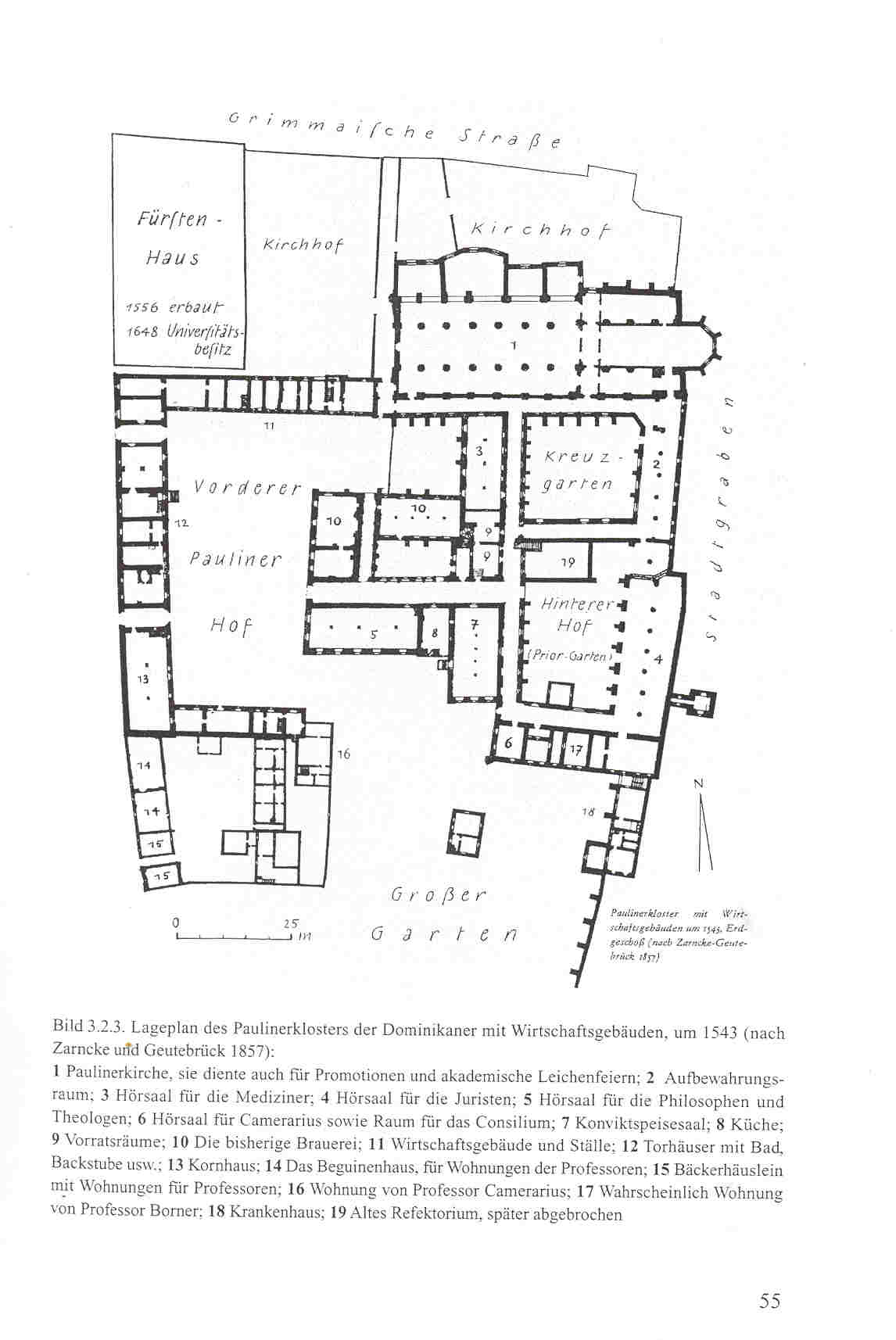
Martin Remus would have not only attend church in this complex but also have had classes here. This university was also the site of the famous 1519 disputation between Martin Luther and the Pope's representative, Jan Eck.
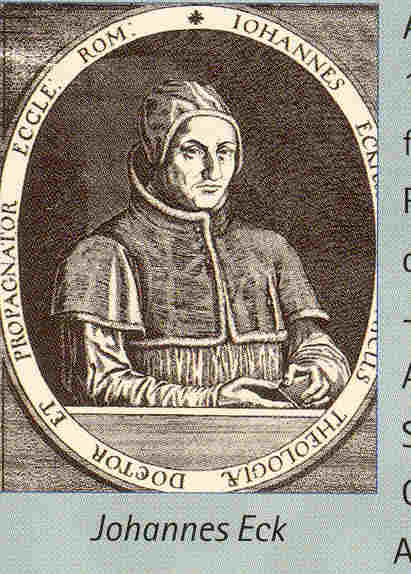
During the German Democratic Republic period Paulinerkirche and university complex was destroyed to make way for an ugly modern high rise university complex.
Martin Remus also would have seen the Leipzig Rathaus (number 18 on the above city map) here depicted in 1700 but built before Martin Remus' time. The American equivalent to the Rathaus is city hall but these certainly were more beautiful than ours:
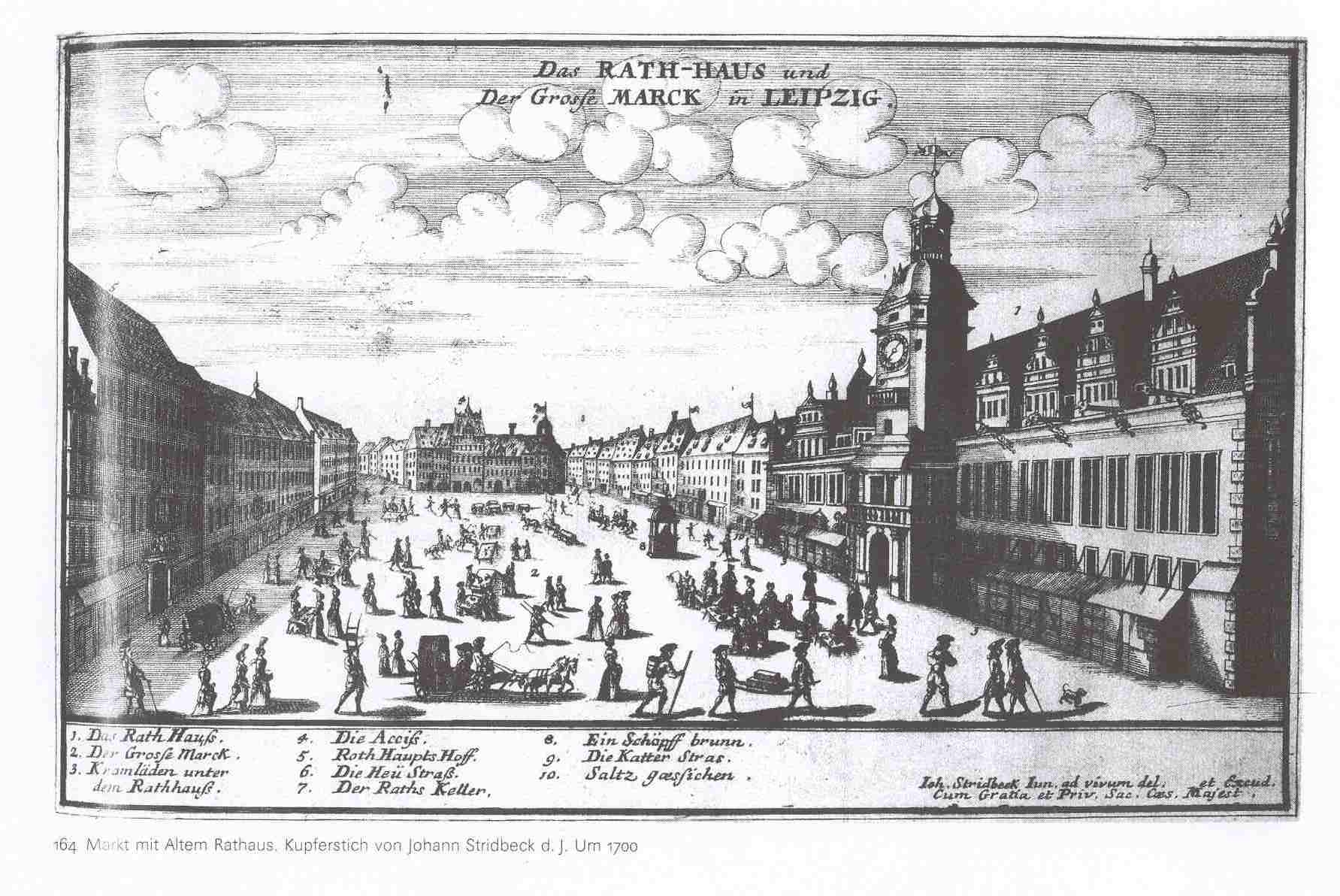
Click here to see the reconstructed building.
After attending the University of Leipzig, Martin Remus moved to Stolp in the Pommern to teach and was ordained there. From there he was moved to Danzig (Gdansk) where there is quite a story to tell.
Click here to move on to Danzig (Gdansk), West Prussia.
Please send any queries to Bill Remus at
May 24, 2007